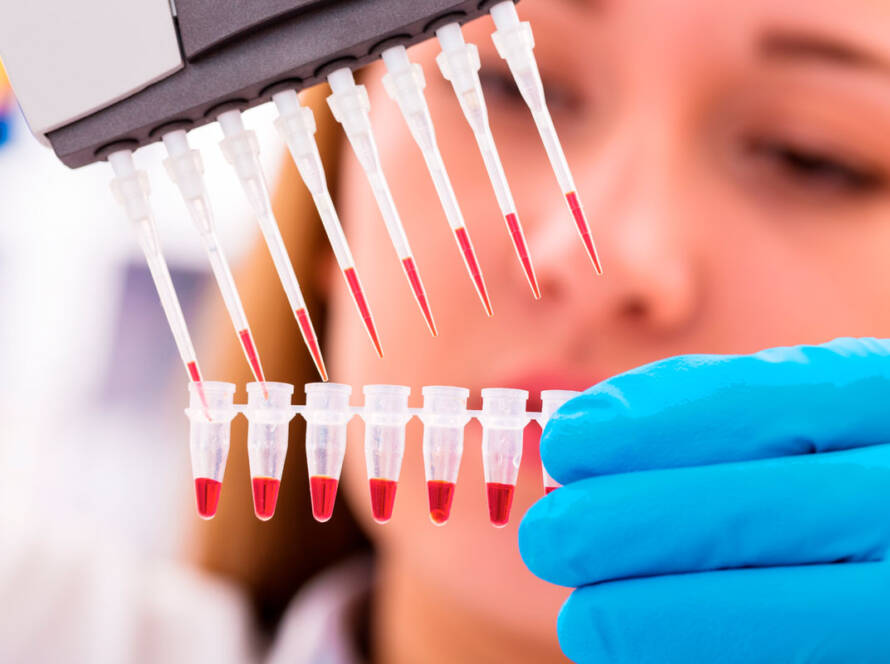They were given in a clinical protocol to a child’s brain and the scale of the condition was low in six months from 45 to 33 points.
The Autonomous University of Nuevo Leon promotes research based on the application of stem cells from the bone marrow directly to the brain, in order to counteract the effects of autism, said specialist Consuelo Mancías Guerra.
When explaining the protocol, the hematology and coordinator of the Umbilical Cord Bank of the University Hospital, indicated that, after being approved by the Hospital Ethics Committee in the second semester of 2012, he initiated the project with his team.
“The research involves applying cells from the bone marrow directly to the brain through the spinal cord, to help make a better connection between the neurons and help patients with autism spectrum problems,” he said.
The research came from a study conducted at Duke University in North Carolina, where umbilical cord stem cells were injected to patients with cerebral palsy, who showed marked improvements in their condition.
“These cells help to press the functional neurons of autistic patients, so for example, if they are working 10 neurons instead of 30, the stem cells drive those 10 so they can perform functions like those of the other 20”, exposed.
In UANL, this project has been implemented in small patients with autism and the results have been promising, according to the Autism Index Scale in Children.
“There was a patient who registered a scale of 45 points, which placed him on the spectrum of severe autism, but after six months in treatment, he had a score of 33, a decrease that translated into a better life condition , since his condition was much more benign or less severe, “he said.
The project uses a concentrate of white blood cells, which is where the stem cells are located and through which they are re-injected into the affected body, explained Mancías, who has level I in the National Researcher System.
The use of stem cells in modern medicine has allowed to cure or control myocardial diseases, spinal cord injury and even Parkinson’s disease, he added.
The professionalization of this treatment is supported by the Department of Hermatology of the University Hospital, whose director, David Gómez Almaguer, has level III within the SNI, in addition to working with a group of eight researchers who are in the same system.
He noted that, for the advance and conclusion of the research, it will be necessary to have patients who have the consent of the parents or guardians to undergo treatment, since it is essential that people have between 5 and 15 years of age.
“The results of this method will depend on how quickly we can keep recruiting patients, that will be the time in which we can give a solution to society, which will surely continue to benefit from what has been achieved by this hopeful method,” he said.


